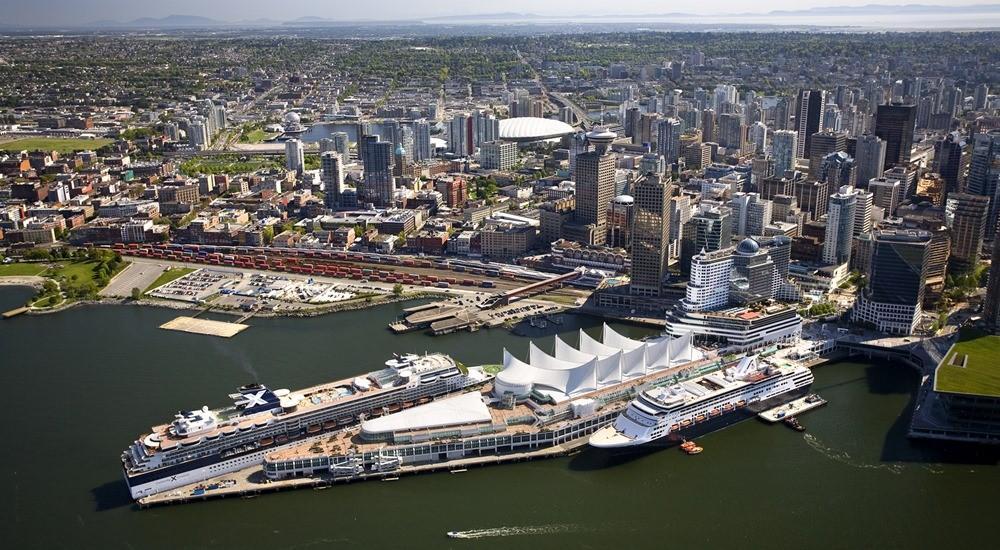The first cruise ship of the season, Princess Cruises' Sapphire Princess, arrives in Vancouver BC Canada today, April 12th, officially starting what could be a record season for the local industry.
A total of 331 cruise ship calls are scheduled for the Canada Place cruise terminal at Port Vancouver between April 12th-October 24th, an increase of ~8% compared to 2022.
According to Mandy Chan, manager of cruise services at the Vancouver Fraser Port Authority, the federal agency mandated to enable Canada's trade through the Port, Vancouver continued to be "one of the world's top cruise destinations and an award-winning homeport."
"After a two-year pause and an incredible restart in 2022, we are now gearing up for another big season for the Vancouver cruise sector as well as the local hospitality and tourism industries it supports."
It is projected that a record-breaking 1.3+ million tourists will pass through the Canada Place Terminal in 2023, marking a ~10% increase over the previous record set in 2019 of 1.1 million passengers. The port authority is committed to enhancing the passenger experience and has taken steps to improve accessibility, including becoming the first homeport cruise terminal in Canada to provide pet relief stations specifically designed for service animals. These stations are part of a larger plan to make the terminal more accessible and provide a welcoming area for service animals during their visit to the Port of Vancouver's cruise terminal.
Chan said that as they prepared for another big season, he wanted to acknowledge the hard work of everyone who had made Vancouver's return to cruise such a success last year and recognize the planning and preparation that had gone into this year.

Vancouver has served as homeport for voyages to Alaska for 30+ years, serving as a base for both one-ways and roundtrips through the scenic Inside Passage. Vancouver's cruise shipping industry contributes to the local economy an average of ~$3 million per ship (visiting Canada Place), generates ~7000 Canadian jobs, ~$300 million in wages, and contributes ~$840 million to the national GDP.